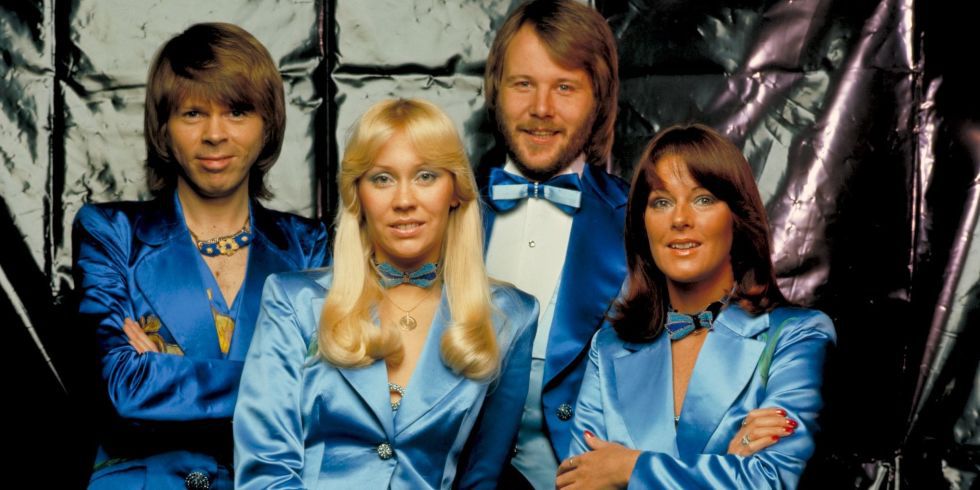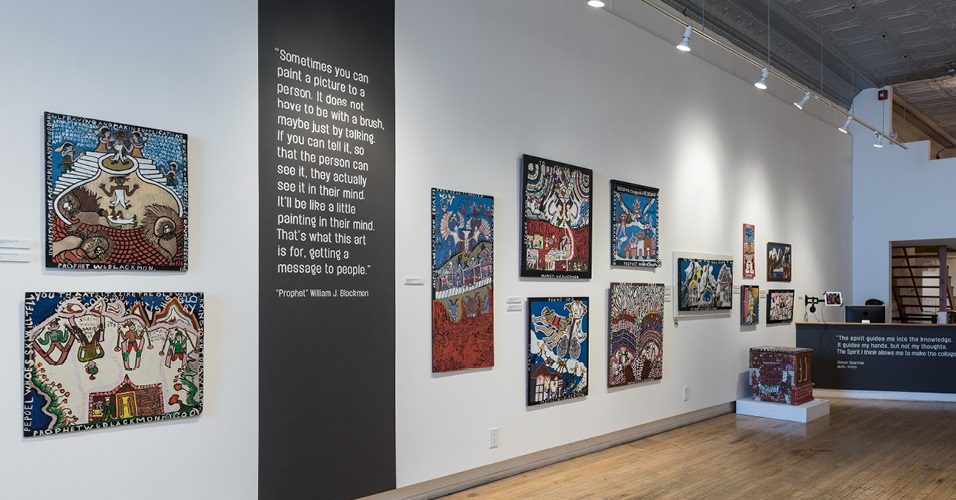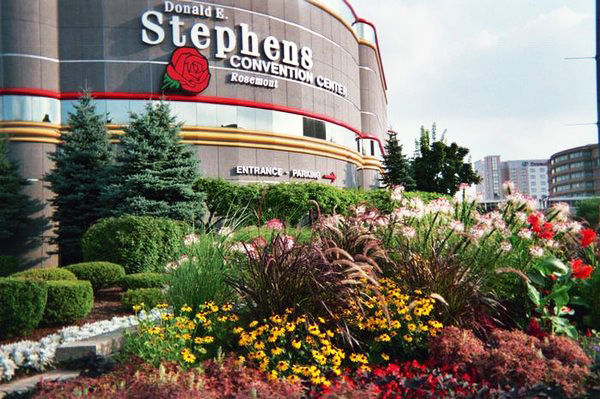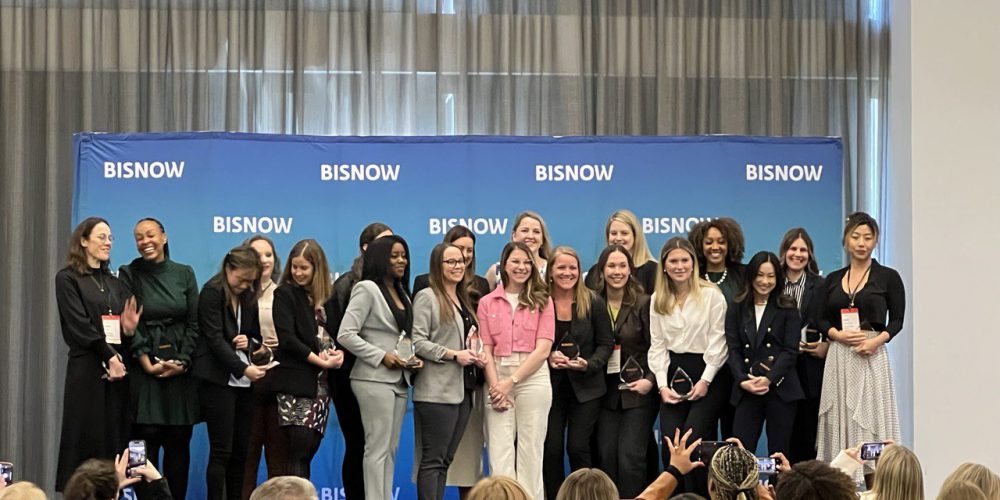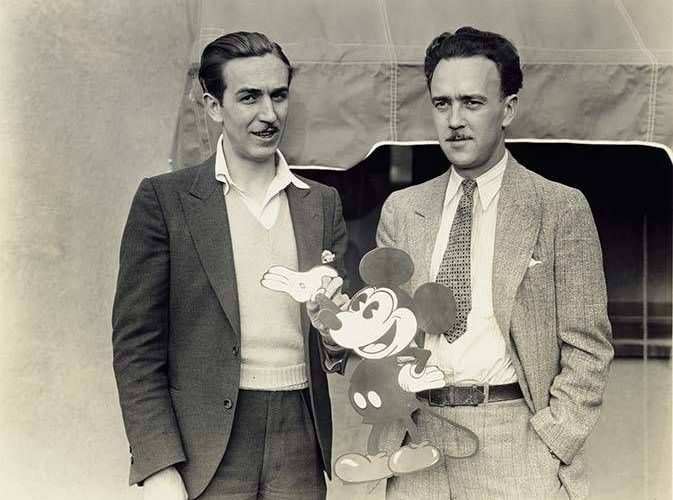The Secret Life of Cows by Rosamund Young review – what is it like to be a cow?

What is it like to be a cow? If Rosamond Young is to be believed, it’s pretty much like being human. Cows are “besotted” by and “dote on” their newborns, and nurture and counsel them as they grow up. They form “devoted and inseparable” friendships with their peers. They talk to each other, discuss the weather, pass on wisdom, introduce themselves to newcomers, go for walks, kiss, babysit, love to be stroked, play hide-and-seek, have running races, take offence, hold grudges, lose their temper, get stressed, and grieve over the death of a parent or child. They also tease, pressurise, question, retaliate against and “show baffled gratitude” towards their keepers. In short, they are the same as we are, though perhaps morally superior.
Young knows what she is talking about. Her parents began farming in the Cotswolds in 1953, when she was 12 days old, and she and her brother Richard have continued the family tradition, with a large herd of pedigree Ayrshires and some sheep. From the start, she was used to stroking cows, speaking to them by name, and enjoying their individuality. And she soon came to see that they were individuals to each other too, tied by birth or other forms of kinship. For example, the “White Boys”, two white bulls close in age, would walk around shoulder to shoulder and sleep with their heads resting on each other.
Despite the seeming naivety of her narrative voice, Young is well aware of what she is up to. The anthropomorphism she takes to extremes is there to convert sceptics and provoke behaviourists. No more carping about whether animals feel the same emotions as humans do. And no more herd mentality: every cow must be seen as unique. She writes about them as though they were characters in a novel: “The angry expression that had taken hold of her face relaxed and she turned and walked out”. “She looked after him of course but was visibly relieved when he went off to play with his friends”. “Stephanie and her daughter Olivia enjoyed a normal close relationship.”
Her evidence for the qualities she finds in cows (empathy, guile, altruism, happiness, eccentricity) is anecdotal rather than scientific. But some of the stories are certainly compelling. There is the cow that wakes her with its desperate mooing, then leads her to its sick (“blown”) calf.She narrates about the cows that use their stares to reproach or cajole. She says,her cows eat willow to recover from illness, anddescribes the hens whichact as bodyguards to their injured sister and mourn her eventual death.
In this benign view of nature, the lion lies down with the lamb – or rather the lamb (Audrey) and the pig (Piggy) ignore differences of size and species to become best friends (Piggy being better company than Audrey’s “boring” fellow orphan lamb Sibyl). Two bulls almost come to blows and occasional deaths are noted. The tone is relentlessly upbeat: “All birds are happy clever creatures” etc. There’s even a soppy poem addressed to one of the author’s favourite cows, Amelia.
The cooping up of cows also reduces the size of their brains, Young believes, whereas her cattle, given freedom of movement, are freethinkers. Of course, she knows that what goes on inside their heads isn’t the same as what goes on in ours: “Why should human criteria have any relevance to other species?” But by writing about them as human, she’s calling for greater humanity in the way they are treated. Whatever else, no one who has read her book will look at cows in the same light again.



